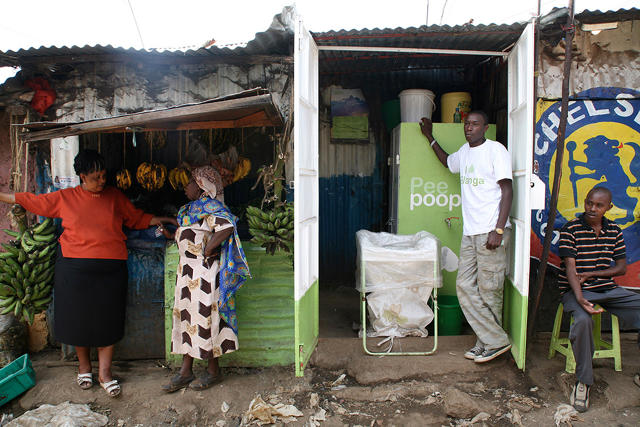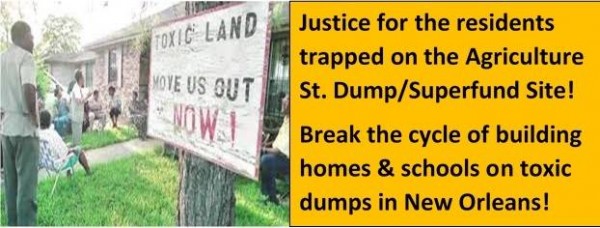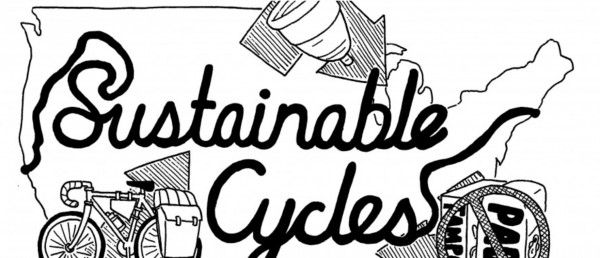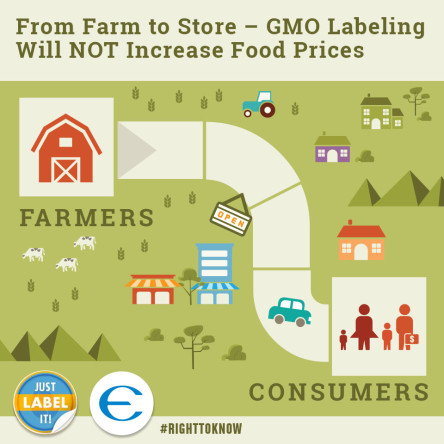
On Jan 1, New York City’s polystyrene foam ban went into effect, joining the city to the ranks of Rahway, Secaucus and the Verona public school district in New Jersey and dozens of other cities across the country. NYC is the country’s largest city and last year collected 28,500 TONS of the stuff, a material which the city has determined is practically impossible to recycle. Because styrofoam lasts for 500 years, the ban will start reducing environmental impact in the year 2515.
The 7th grader responsible for pushing the ban in Verona schools is Lucas Konrad-Parisi.
“Styrofoam never degrades, it has dangerous chemicals in it, they can leach out – and it seemed they were throwing so many of these out each day,” Lucas explained to a reporter at the time. “They have a recycling bin in the cafeteria, but you can’t recycle Styrofoam.”
The Northern Illinois University Department of Biological Sciences published a paper cautioning students about the dangers of foam containers:
What happens when we add hot food or drinks to Polystyrene?
Polystyrene contains the toxic substances Styrene and Benzene, suspected carcinogens and neurotoxins that are hazardous to humans. Hot foods and liquids actually start a partial breakdown of the Styrofoam, causing some toxins to be absorbed into our bloodstream and tissue.
Polystyrene food containers leach the toxin Styrene when they come into contact with warm food or drink, alcohol, oils and acidic foods causing human contamination and pose a health risk to people. Avoid drinking tea with lemon, coffee with dairy cream, fruit juices, alcoholic beverages and wine from Styrofoam cups. Red wine will instantly dissolve the Styrene monomer. Do not eat oily foods from Styrofoam containers.
Do not microwave food in Polystyrene containers
Over 100 US and Canadian, as well as some European and Asian cities, have banned polystyrene food packaging as a result of the negative impacts to humans and the environment.
And offers this suggestions on what to do if polystyrene is still being used where you live or work:
What can we do?
1. Be aware of the harmful effects of using polystyrene products and tell others.
2. Use reusable cups instead of foam cups.
3. When shopping for groceries, select items that are unwrapped, or wrapped in non-
polystyrene materials: (e.g. vegetables, eggs, meat)
4. Ask local takeaway restaurants and food suppliers to use a more environmentally
friendly form of food packaging other than Styrofoam. Many alternatives are now available made from materials such as post-consumer recycled paper and corn- plastics.
Ask (for a ban on) polystyrene in food packaging. There are many alternatives that will have less impact on the environment.
If you want to know more about how bad styrofoam is, take a gander at the Sierra Club’s testimony to the Massachusetts legislature on its harmful effects and Harvard’s Polystyrene Fact Sheets.
 16 years of fall activities bring thousands out to enjoy the Hudson River Ramble and Hudson Valley in southern New York State. Take a look at through the activity choices in the website and Guidebook and head out to enjoy the culture and natural beauty of this region. There’s truly something for everyone.
16 years of fall activities bring thousands out to enjoy the Hudson River Ramble and Hudson Valley in southern New York State. Take a look at through the activity choices in the website and Guidebook and head out to enjoy the culture and natural beauty of this region. There’s truly something for everyone.







